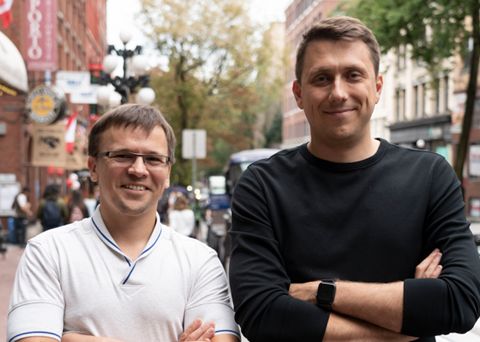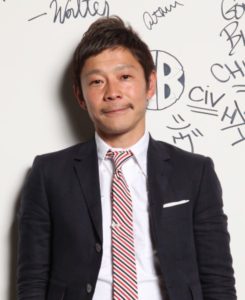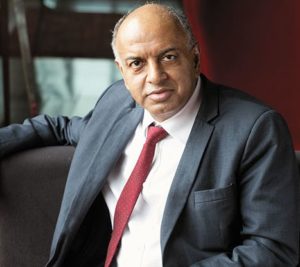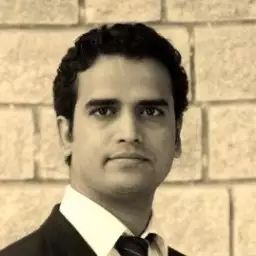Grammarly : The Founding Story of the Best Tool for Enhancing One’s Creative Writing
With the increasing power of the internet to dominate mankind, digital contents have become quintessential parts of the online marketplace. We all know ‘a pen is mightier than the sword’ and in this era of modernization the true power of writing is revealed, given that it reaches out to more and more people worldwide.
So, when a person can influence the entire world through his writings, why not make it even better? A piece of writing can make significant changes if written in appropriate style and clarity with no grammatical errors. Moreover, the digital contents are supposed to be plagiarism free, a key rule that every writer must abide by. So, how about software that can provide all the essential tools for delivering a proper piece of writing?
With businesses flourishing through digital content writings, it is a pre-requisite for every blogger out there to have Grammarly. Grammarly is a software launched on 1st July 2009 to detect any kind of writing errors including grammatical flaws, spellings, punctuation, style mistakes, etc. Moreover, it not only detects the mistakes but corrects it by giving specific suggestions. The software is also a plagiarism checker. All you need is to drop the text, and then, it will do its job.

The Birth of an Idea
The birth of the idea for Grammarly dates back to the time when Alex Shevchenko and Max Lytvyn went to International Christian University, Ukraine together. In 2000, when the internet just started getting popular, these two students noticed that almost everyone was downloading essays from the internet without anybody realizing it. Thus, the students were getting corrupted very easily, not harnessing the power of their own creativity.
Shevchenko started writing software to eradicate this tainted idea from the minds of students, and thus by 2004, he came up with a service called My Dropbox. He, along with Lytvyn and 15 other people, created a team and worked on this project. The prime utility of the software was to check plagiarism for essays. It was a charged service, and yet, 800 universities were using this product by 2007. My Dropbox was a huge success for the team because apart from this, there was only one company in the entire world doing business with the same technology. The very year, the product was sold to Blackboard, a renowned company for educational platforms.
Founding Grammarly
The conditions led by Blackboard while buying the company was that Lytvyn has to work for them for the next two years, and while working for the company, the other founder cannot work on a similar project. Lytvyn accepted the offer, but the very day the deal with Blackboard ended he fled to Toronto to work with Shevchenko. And, within a few days, they launched their new product, Grammarly.
Though at first, they decided to limit the use of Grammarly only for the educational institutions and students. But they did expand it and made it available to every the commoner as well. Today, anyone can buy the software and get access to all the tools and benefits of Grammarly.
To found Grammarly, Lytvyn and Shevchenko didn’t bring any investors in-house, rather they spent the money which was received from selling their first product.
Success of Grammarly
The best part of Grammarly is that it not only tracks the grammatical errors or punctuations but also points out an incorrectly formed sentence. It also suggests the user with some options to rectify their mistakes along with proper explanations where it went wrong.
One of the main problems with this kind of product is system imperfection. It’s the same reason for which Microsoft also oversees typos and some major errors. But, turning this into a strength Grammarly has set upvoting system for the changes it makes. So, the user defines which one is correct or more appropriate and not the system. Moreover, Grammarly uses machine learning and deep learning algorithms for its product to make it more efficient.
In 2012, the company made around $10 million, and by 2017, Grammarly had around 6.9 million active users. In 2017, the company also raised $110 million from General Catalyst, IVP and Spark Capital. This was the first-ever venture round of Grammarly, and the investors came around with utter interest. Everyone witnessed the profits of Grammarly, rising in geometric progression over the years.
Today, apart from browser extension Grammarly is also available as an application for both Android and iOS.

Annasha Dey is an NIT student, who apart from studying engineering is also a content writer. She has a great interest in photography, writing, reading novels, and travelling as well. She is a foodie who loves socializing and hanging out with her friends. She is also a trained Kathak dancer and a big fashion enthusiast. Dey also loves watching TV series, which includes F.R.I.E.N.D.S. and Big Bang Theory. To be a better writer she prefers to read more











